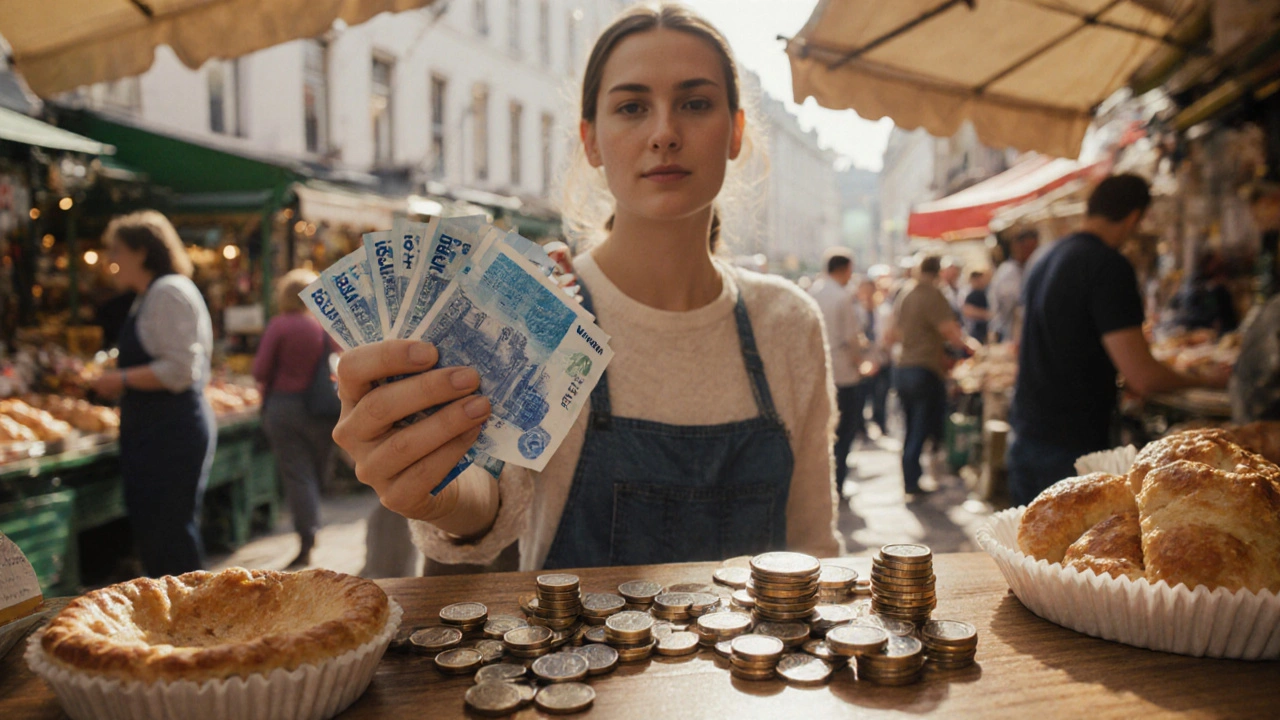British Money and Currency in London: Pounds and Coins Explained for Visitors
Learn how British pounds and coins work in London-what bills and coins to expect, where to get cash, how to use cards, and how to avoid common tourist money mistakes.
When you pick up a UK coin, the official currency of the United Kingdom, used daily in shops, transport, and vending machines. Also known as British currency, it’s more than just money—it’s a tiny piece of history you can hold in your hand. From the Tudor pennies that once passed through royal hands to the sleek 2024 £2 coins celebrating modern icons, UK coins carry stories of empires, wars, and cultural shifts. They’re not just payment—they’re artifacts.
Many people don’t realize that collectible coins, rare or out-of-circulation British coins sought by enthusiasts and investors are hiding in plain sight. A 1933 penny, only seven were ever made, sold for over £72,000. A 2009 Kew Gardens 50p, minted in tiny numbers, now trades for £100+. These aren’t myths—they’re real finds from your pocket change. And if you’re in London, you’re standing in the heart of where these coins were designed, minted, and sometimes, lost.
The Royal Mint, the official maker of UK coins since 886 AD, located in Llantrisant but with deep roots in London’s history has shaped every pound, shilling, and pence you’ve ever handled. Its legacy lives on in Hatton Garden’s jewelers, where old coins are cleaned, appraised, and sometimes turned into jewelry. You’ll also find them in the hands of street vendors near Tower Bridge, at antique fairs in Camden, and tucked inside old books at London’s independent bookshops. Even the UK coins you use on the Tube today might be decades old—some still bear the image of Queen Elizabeth II.
People collect them for different reasons: some chase rarity, others love the art, and a lot just enjoy the hunt. You don’t need a fortune to start. A handful of old 1p and 2p coins from before 1992? They’re made of copper and worth more as metal than face value. A 1983 2p with the old wording? It’s a known error coin. You don’t need a magnifying glass or a degree in numismatics—just curiosity and a keen eye.
London is full of places where coin history pops up. Walk through the National Portrait Gallery and you’ll see portraits of monarchs whose faces once stared back from your change. Visit the British Museum and you’ll find Roman coins that predate the UK by a thousand years. Even the DLR trains you ride on carry coins in their ticket machines—machines that still accept the same round 5p and 10p pieces from the 1990s.
What you’ll find below isn’t a list of prices or grading guides. It’s a collection of real stories—how a Londoner found a rare coin in their grandma’s drawer, why a 1971 decimal coin became a collector’s item overnight, and where to spot hidden coin displays in museums, markets, and even pub counters. Whether you’re holding a coin wondering if it’s worth something, or just love the way history fits in your palm, these posts show you how to look closer—and what to look for.

Learn how British pounds and coins work in London-what bills and coins to expect, where to get cash, how to use cards, and how to avoid common tourist money mistakes.